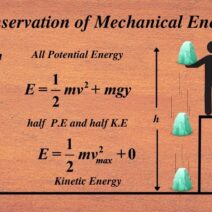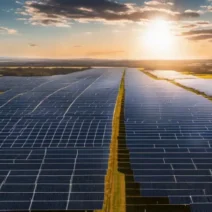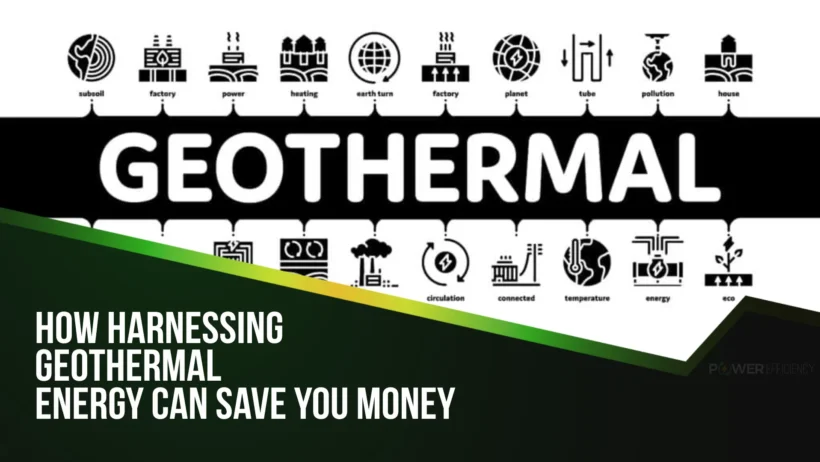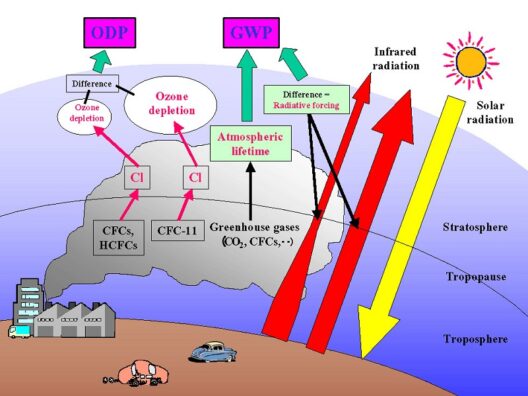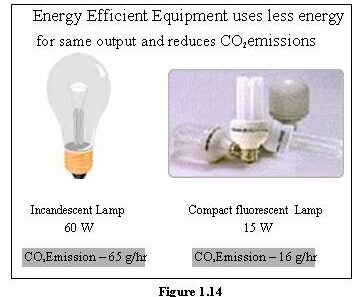Geothermal energy, an often underappreciated renewable resource, holds immense potential for reducing our reliance on fossil fuels. As global energy consumption rises, the urgency to adopt efficient practices for harnessing geothermal power becomes increasingly paramount. This article elucidates comprehensive strategies for conserving and utilizing geothermal energy effectively, ensuring that we can exploit this abundant resource in an environmentally friendly manner.
Understanding Geothermal Energy: The Basics
Geothermal energy derives from the heat of the Earth’s core, which can be harnessed for a multitude of applications, including electricity generation and direct heating. Unlike other renewable energy sources, such as solar or wind, geothermal energy boasts a consistently stable output. This reliability makes it a crucial player in the quest for a sustainable energy future.
However, to fully capitalize on geothermal energy’s extensive capabilities, efficient practices must be adopted. Proper understanding of these methods is foundational to any effort aimed at harnessing this valuable resource.
Investing in Geothermal Heat Pumps
One of the most effective ways to conserve geothermal energy in residential and commercial settings is through the installation of geothermal heat pumps (GHPs). These systems utilize the Earth’s stable underground temperature to regulate indoor climates efficiently. By extracting or injecting heat from or into the ground, GHPs can provide significant savings on heating and cooling bills.
GHPs are exceptionally effective in all climates, offering a dual advantage of energy conservation and cost savings. Their installation might require an initial investment, but the long-term benefits—lower energy costs and reduced greenhouse gas emissions—are substantial. Furthermore, GHP systems can achieve efficiencies of 300-600%, meaning they can produce three to six units of energy for every unit consumed. This impressive efficiency translates into reduced energy demand and a heavier reliance on sustainable practices.
Designing Geothermal Systems with Precision
Not all geothermal systems are created equal. The efficiency of geothermal energy systems largely depends on how they are designed and implemented. A well-planned geothermal system can harness energy more effectively, minimizing waste and maximizing output.
Geothermal systems come in various configurations: open-loop and closed-loop systems are the most common. Open-loop systems draw water from a natural source, utilizing it to either heat or cool spaces before returning it back to the source. Meanwhile, closed-loop systems circulate a refrigerant through underground pipes, drawing thermal energy from the ground without consuming any natural water sources.
When designing geothermal heating and cooling systems, engineers must consider geographical factors such as soil type, groundwater conditions, and geothermal reservoir characteristics. Their strategic planning ensures that systems are efficiently integrated into existing infrastructure, thereby optimizing energy conservation and minimizing environmental impact.
Utilizing District Heating Systems
District heating systems serve as another exemplary method for conserving geothermal energy, particularly in urban areas. These systems distribute heat generated from a centralized geothermal source to multiple buildings through a network of insulated pipes. This collective approach to heating not only reduces the per capita energy consumption but also enhances the efficiency with which geothermal resources are utilized.
District heating helps mitigate the challenges associated with individual geothermal installations. By centralizing the process, it lowers operational costs and decreases infrastructural redundancy. Cities that adopt district heating can experience significant reductions in fossil fuel dependence and an increase in energy security, making them more resilient to energy market fluctuations.
Promoting Education and Awareness
Education plays an integral role in fostering a culture of geothermal energy conservation. It is imperative that policymakers, practitioners, and consumers alike understand the science, technology, and benefits surrounding geothermal systems. Workshops, community outreach programs, and educational campaigns can transform public perception, revealing the untapped potential of geothermal energy as a clean, sustainable resource.
Informing potential users about the technical aspects of geothermal systems—such as installation, maintenance, and subsidies available—can incentivize adoption. Encouraging conversations about geothermal energy practices can also spotlight success stories, creating a ripple effect that influences broader acceptance and implementation.
Pioneering Innovations in Geothermal Technology
The evolution of geothermal technology continues to pave new avenues for energy conservation. Enhanced geothermal systems (EGS) represent one such innovation, involving the extraction of heat from deep within the Earth’s crust, where traditional methods may not be viable. EGS technology involves injecting water into hot, dry rock formations, generating steam that can be used for electricity generation.
This advancement could exponentially increase the accessible geothermal resource base, positioning geothermal energy as a fundamental solution to ongoing energy crises. Investing in research and development of emerging geothermal technologies can provide pathways to optimize energy efficiency further and stimulate economic growth in green job sectors.
In conclusion, harnessing geothermal energy effectively requires a multifaceted approach. By investing in geothermal heat pumps, carefully designing systems, establishing district heating networks, promoting education, and pioneering innovative technologies, we can cultivate a sustainable energy landscape. As awareness of geothermal energy’s prospects expands, so too does the potential for fostering a low-carbon future, characterized by resilience and ecological integrity.
